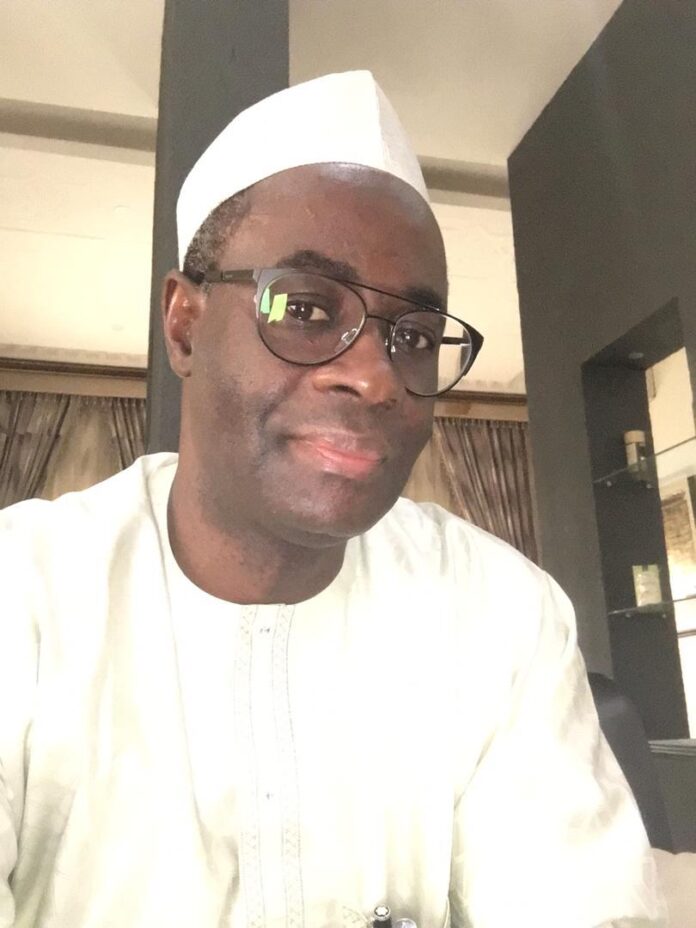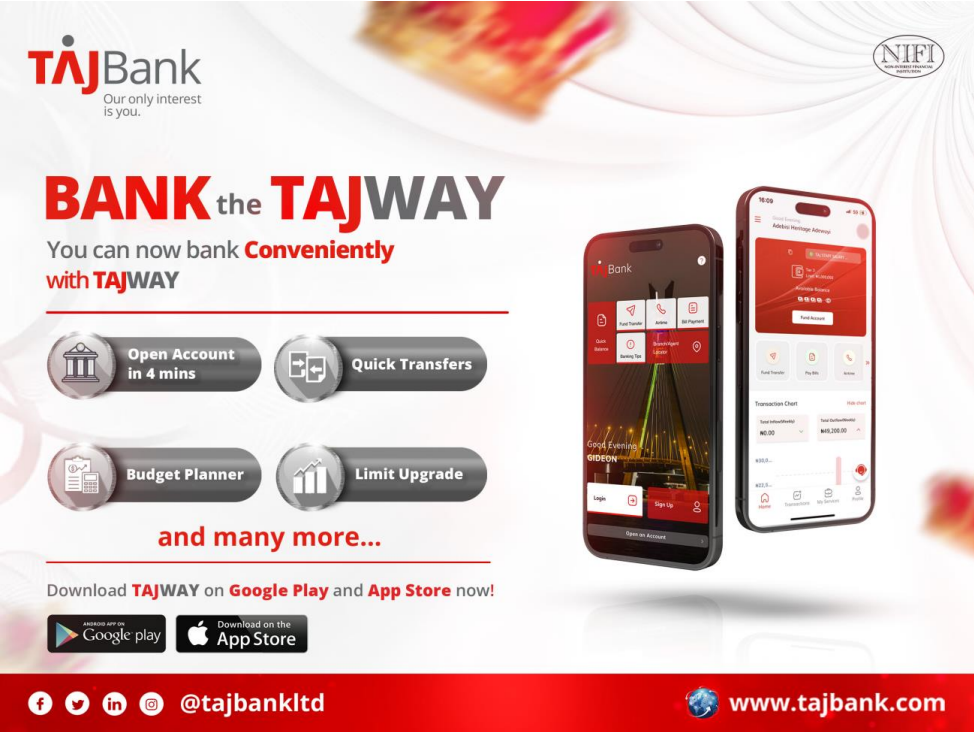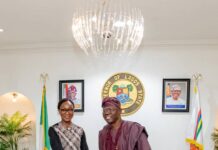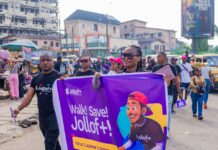In early 2024, Nigeria’s naira collapsed to ₦1,800 per dollar, rattling households and businesses alike. By August 2025, it had strengthened to ₦1,525. For President Bola Ahmed Tinubu, this rebound is more than recovery—it is the first proof of his broader political economy: building Nigeria on three foundations — credible currency, concrete infrastructure, and kilowatts of power.
Currency: Restoring Credibility
Tinubu’s first bold stroke was currency reform. By floating the naira, clearing a $4 billion foreign exchange backlog, and channeling remittances into official markets, the government restored a measure of trust.
For traders, it meant fewer shocks in pricing goods. For students abroad, it meant less uncertainty over tuition payments. For investors, it meant a government that honored obligations. Once a burden to defend, the naira began to look like a tool for growth.
Infrastructure: Concrete as National Glue
Infrastructure has been Tinubu’s second lever. More than ₦5.9 trillion has been invested in projects across the Northwest—his political base—but their benefits ripple nationwide.
The Kaduna–Kano Expressway, Kano–Maiduguri Highway, and Sokoto–Illela Corridor shorten travel times and reduce costs for farmers and traders. Lagos, reframed as a logistics hub, links northern produce to southern ports and eastern manufacturers to western markets.
Concrete here is not a regional trophy but a national glue, binding diverse communities into one economic space.
Power: Kilowatts for Productivity
Yet roads without power remain empty. The revival of the 255MW Kaduna Power Plant underscores how electricity must animate infrastructure.
For factories, kilowatts mean extra shifts and more jobs. For clinics, they mean working refrigerators for vaccines. For children, they mean studying under light instead of kerosene lamps. Renewables add justice to this equation: solar irrigation in Zamfara shows how energy can power both farms and industries.
The Beltway Vision
Perhaps Tinubu’s boldest vision is the Tinubu National Beltway—a Calabar–Maiduguri–Sokoto arc that redraws Nigeria’s map. But it is not the only one. With the Badagry–Lagos Expressway, Illela–Sokoto Corridor, and Lagos–Calabar Coastal Super Highway, Tinubu is sketching a square of dual carriageways across the federation.
The Beltway curves, the coastal and northern lines straighten—forming a lattice of asphalt that stabilizes the country. Geography becomes strategy: a grid that holds Nigeria’s diversity together.
Building on Buhari’s Legacy
This continuity builds on his predecessor. Muhammadu Buhari poured concrete into signature projects—railways, highways, and the Second Niger Bridge. Tinubu extends that legacy, turning Buhari’s lines into loops, spines into squares.
Rather than rivals, the two appear as successive masons: Buhari laying the pillars, Tinubu closing the frame. Political continuity is made visible in concrete and steel.
Critics and Challenges
Critics dismiss this as propaganda, pointing to charts showing Lagos and the North as prime beneficiaries. But the truest measure lies in lived experience: the driver saving hours on a repaired highway, the trader whose goods reach Lagos sooner. Hashtags fade; asphalt endures.
Risks remain. Nigeria has a history of stalled projects and ballooning costs. Inflation continues to bite households even as reforms favor exporters. Security is a constant shadow—a road can be rendered useless overnight by banditry. And without deeper financial markets, foreign exchange stability remains fragile.
Conclusion
Still, Tinubu’s wager is clear:
Currency credibility fuels competitiveness.
Concrete stitches the federation into one market.
Kilowatts power productivity and dignity.
From fragility to foundations, Tinubu builds on Buhari’s groundwork and sets Nigeria on a course where economic geography and political coalition are bound together.
By Tanimu Yakubu, Director-General, Budget Office of the Federation














